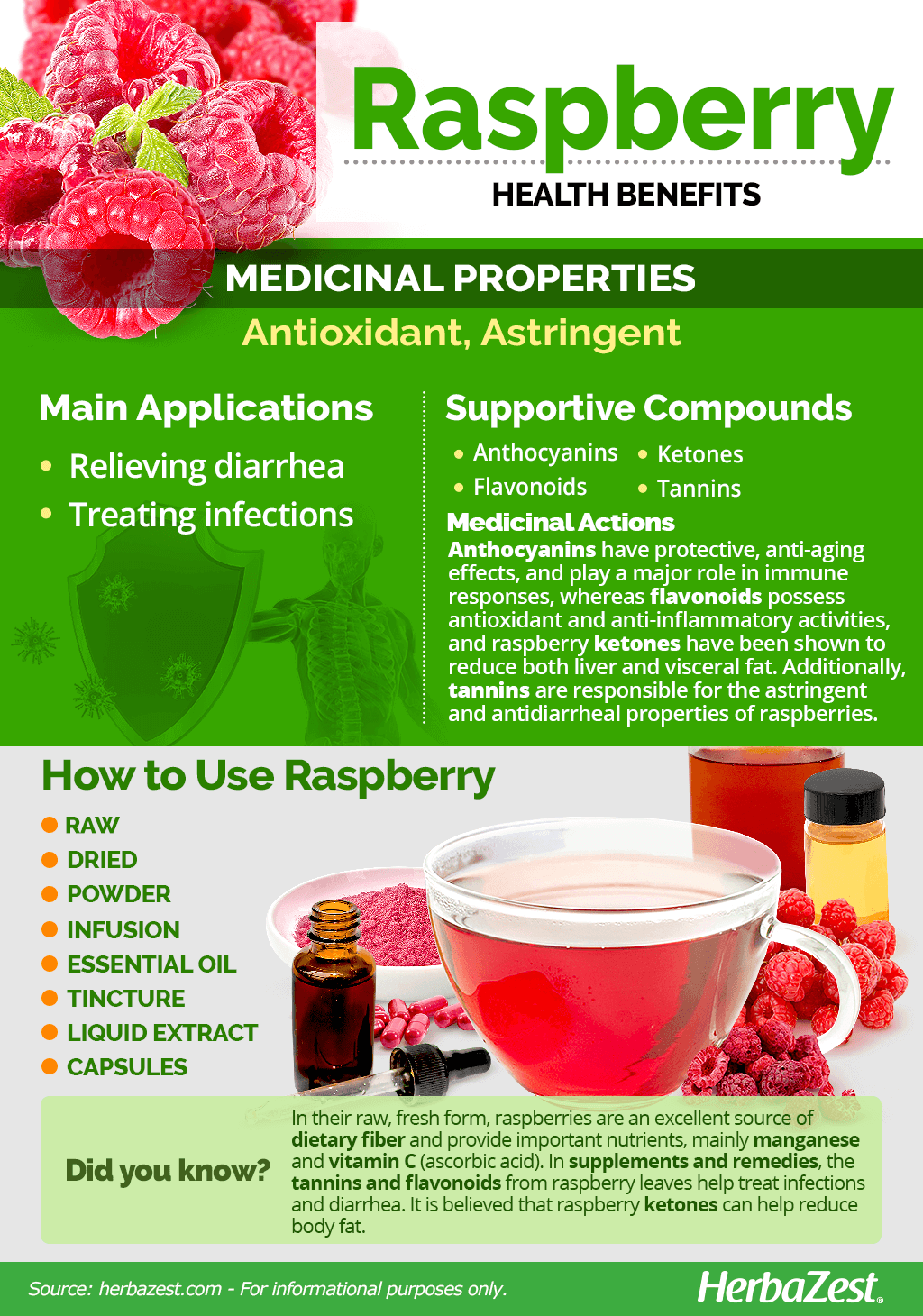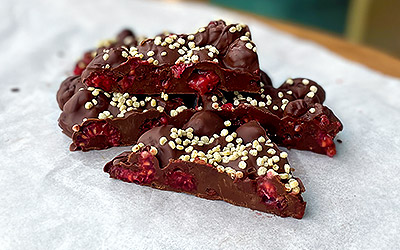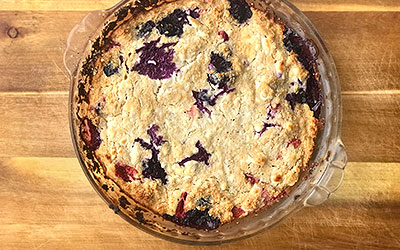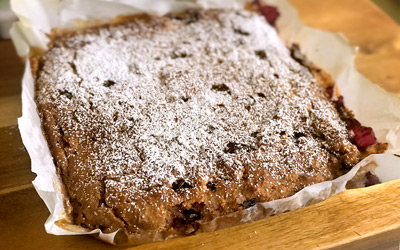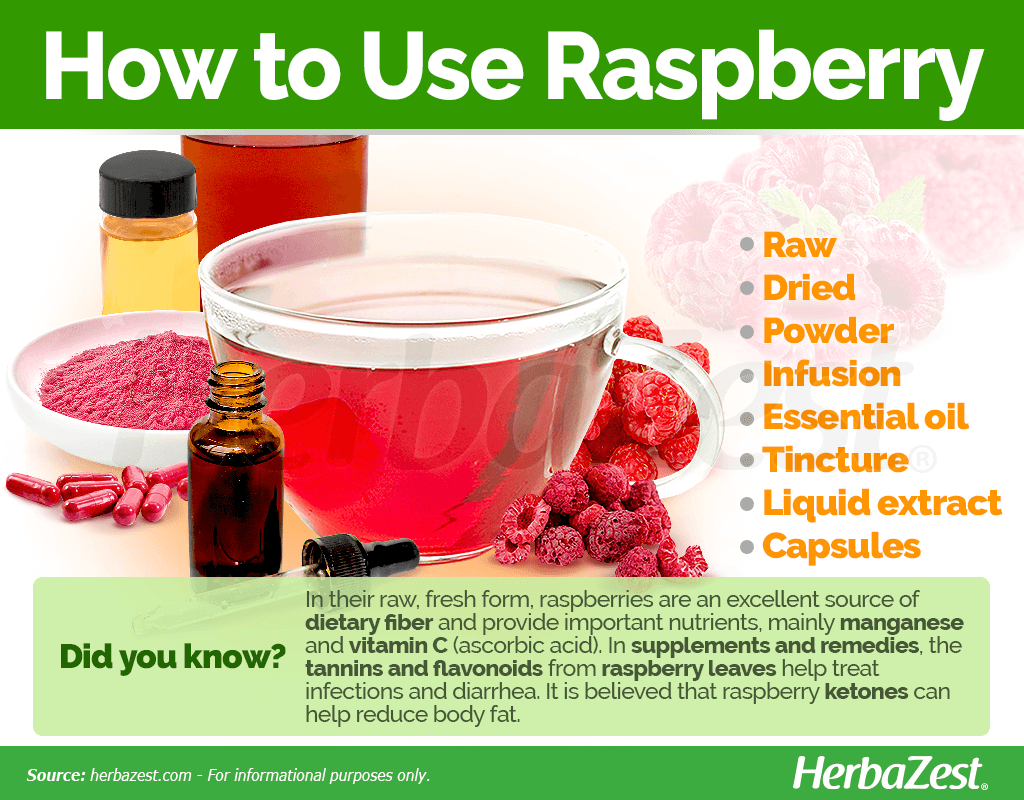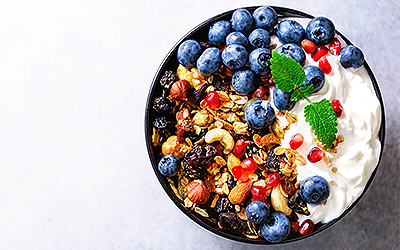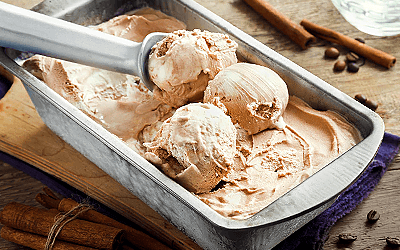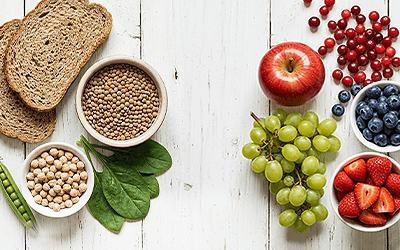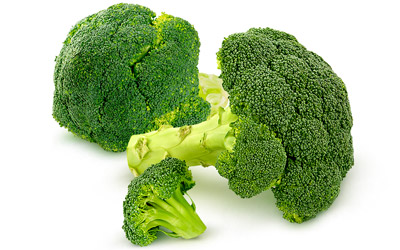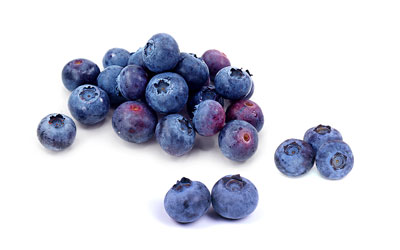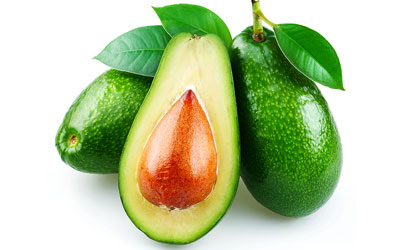The raspberry, a pinkish-red fruit that grows naturally in Europe, Asia, and North America, is widely consumed and cultivated for its delicious fruit. Although both the berry and its juice are very popular, less is known about the nutritional benefits of raspberry leaves. It is now cultivated worldwide due to its popularity.
Raspberry Medicinal Properties
Health Benefits of Raspberry
While most health benefits of raspberries come from the fruits, most medicinal uses of the herb involve the leaves. Their astringent and antimicrobial raspberry properties have found several medicinal uses:
Relieving diarrhea. The astringent and antimicrobial properties of raspberry make it effective for relieving diarrhea.
Treating infections. Raspberries are particularly beneficial for treating throat and mouth infections, as well as flu and fever.
The raspberry plant has also been suggested to aid weight loss and supplements are popularly marketed for that specific purpose; however, studies are limited to rodents, and further research is necessary to validate this claim.
Additionally, raspberry roots have been traditionally used for cleansing wounds and relieving sore throats.
How It Works
The astringent and antidiarrheal raspberry properties can be attributed to the tannins that are prevalent in the leaves. Both raspberry fruits and leaves are rich in flavonoids, widely recognized for their antioxidant and anti-inflammatory activities, which can help treat and prevent viral and bacterial infections.
The color of the raspberry fruit is given by powerful antioxidant pigments called anthocyanins. However, raspberries' hue is influenced by pH, light, temperature, and structure. In acidic conditions, the saturation of the anthocyanins appear as red, but the berries can turn blue if the pH increases. Anthocyanins have protective, anti-aging effects that prevent cellular oxidation and decay, as well as anti-inflammatory properties that help regulate the production of cytokines, which are small proteins that play a major role in immune responses.
Ketones are major aromatic compounds in red raspberries, with a structure similar to the one of capsaicin and synephrine, compounds known for aiding weight loss. Raspberry ketones have been shown to alter lipid metabolism in rodents, preventing the accumulation of tryglicerids and helping reduce both liver and visceral fat. However, further studies are necessary to corroborate these findings in humans.
RASPBERRY LEAVES CONTAIN POLYPEPTIDES, WHICH ARE COMPOSED OF ESSENTIAL AMINO ACIDS FOR MUSCLE GROWTH.
Other herbs, such as blueberries, camu camu, and grapefruit, also provide great antioxidant properties, whereas astringent benefits can be obtained from guava, grapes, and the tea plant.
Raspberry Cautions
Medicinal preparations of raspberry should not be consumed by pregnant women, especially during the first trimester.
- Medicinal action Antioxidant, Astringent
- Key constituents Anthocyanins, flavonoids, ketones, tannins
- Ways to use Capsules, Hot infusions/tisanes, Liquid extracts, Food, Tincture, Powder, Essential oil, Dried
- Medicinal rating (3) Reasonably useful plant
- Safety ranking Safe
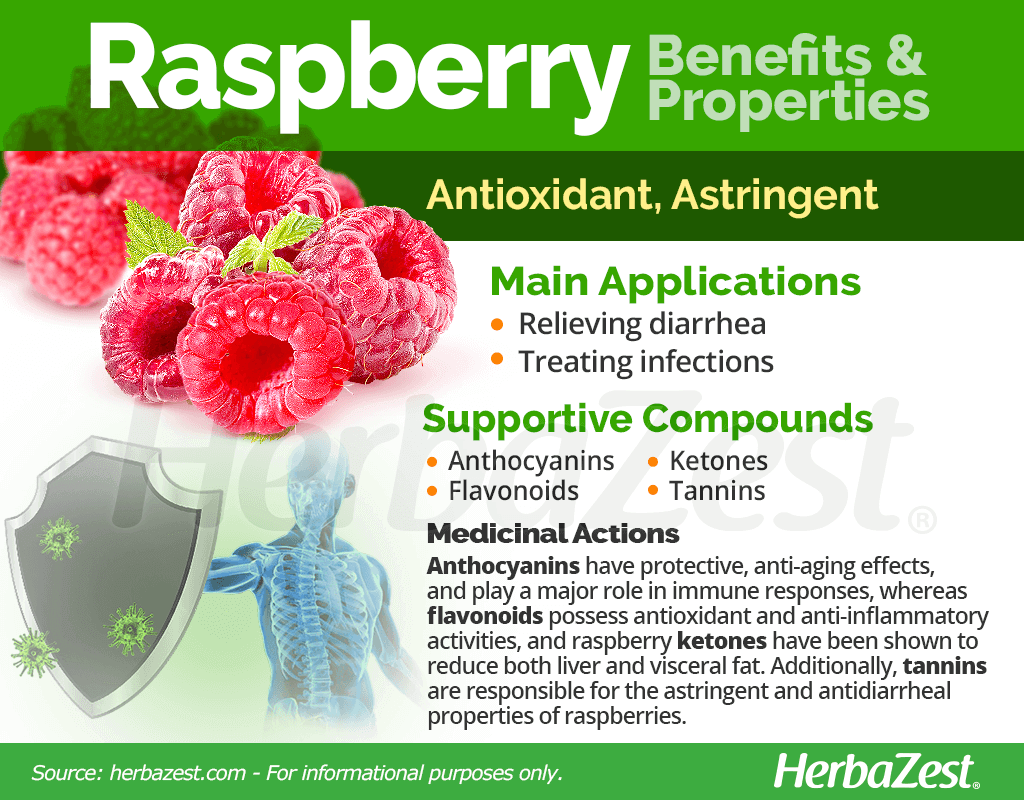
Raspberry Nutrition
Most health benefits of raspberries hail from their nutritional profile. These tiny berries are not only low in calories and carbohydrates, but also provide generous amounts of dietary fiber, which is necessary for digestion and delays glucose metabolism, thus helping regulate blood sugar levels.
Raspberry fruits are filled with a wide range of minerals and vitamins, being particularly rich in manganese, which is essential for connective tissue formation, bones health, and endocrine balance, but also helps with fat and carbohydrate metabolism, calcium absorption, and blood sugar regulation. Raspberries also provide good amounts of copper, which plays a major role in the production and transport of red blood cells, but also supports vascular and nervous functions, as well as immunity and bones health. Additionally, adequate levels of magnesium in raspberries contribute to energy production, as well as with many vital processes, such as protein synthesis, muscle and nerves function, glucose balance, and blood pressure.
Raspberries are also an excellent source of vitamin C (ascorbic acid), which not only enhances iron and calcium absorption, but also boosts immunity, helping to fight harmful pathogens and preventing degenerative diseases. The nutritional value of raspberries is rounded by adequate amounts of B complex vitamins, mainly B5 (pantotheic acid) and B9 (folate), as well as vitamins E (alpha-tocopherol)and K (phylloquinone).
100 grams of fresh raspberries provide 52 calories, as well as 2%, 4% and 26% of the recommended daily value for protein, carbohydrates, and dietary fiber, respectively.
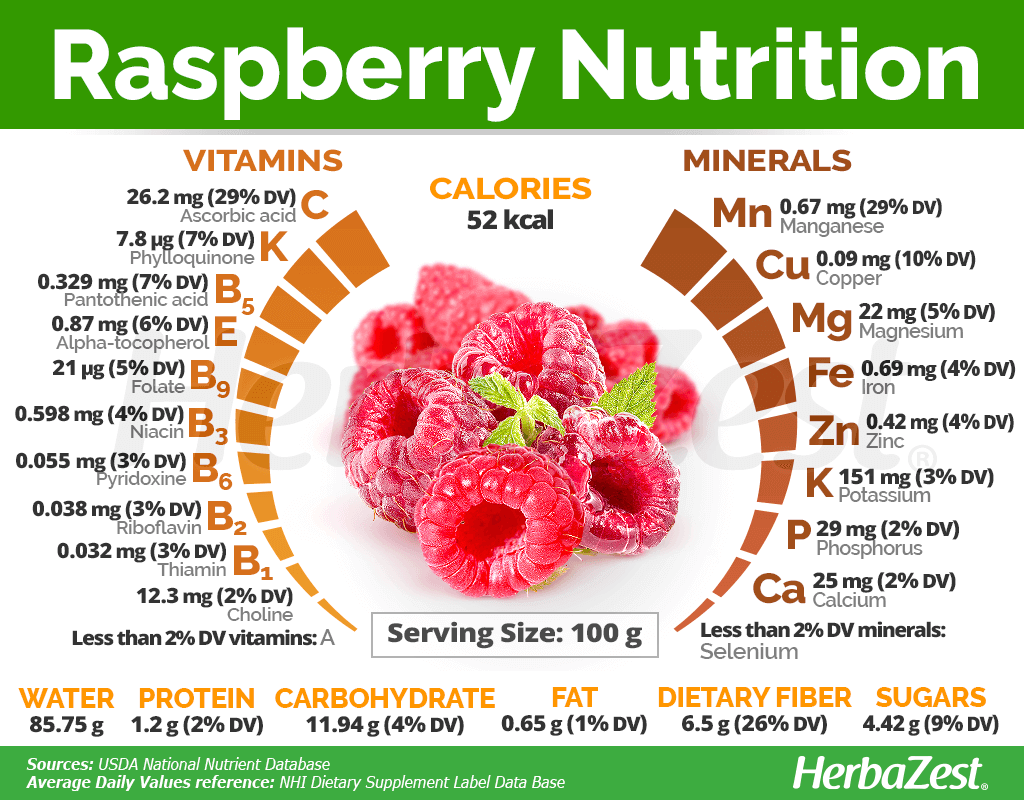
How to Consume Raspberry
Raspberry fruits are a popular ingredient in many sweet recipes. They are also often used in ice cream and jam, as well as a for flavoring many beverages, including smoothies, juices, and lemonades.
While the raspberry fruit is filled with nutrients, most medicinal benefits of raspberry are primarily derived from the leaves of the plant. Infusions are the most common way to take raspberry, though capsules are also available.
Natural Forms
Raw. Fresh raspberry fruits are not only delicious but are also filled with nutritional benefits. They are mainly consumed alone, as well as in smoothies and fruit salads.
Dried. With a longer shelf-life, dried raspberries are a great source of fiber, minerals, and antioxidants. They can be eaten as a snack or used as an ingredient for baked goods, such as muffins, pancakes, and cakes.
Powder. Once dried, raspberry fruits are finely ground in order to obtain a powder that concentrates their nutritional and medicinal benefits. Raspberry powder can be added to smoothies and juices for digestive support.
Infusion. Raspberry dried leaves can be steeped in hot water to reap their antioxidant, astringent benefits.
Herbal Remedies & Supplements
Liquid extracts. Raspberry extracts can be obtained from the fruits and leaves of the Rubus idaeus plant. These preparations are alcohol free and provide the medicinal benefits of raspberries in a concentrated form that needs to be diluted in water before consumption.
Tincture. This concentrated form of raspberry is obtained by macerating the fruits or leaves in alcohol. In the same way as the liquid extract, few drops need to be diluted in a glass of water.
Essential oil. This preparation is obtained from raspberry seeds, and it is used topically, as a facial moisturizer and antioxidant agent for the skin. It also repairs broken skin due to sun, cold, or wind exposure.
Capsules. The antioxidant power and nutritional value of raspberries can be obtained from standardized daily doses in this supplemental form. Raspberry capsules are marketed as a weight loss aid; however, there is little scientific evidence to support this claim.
- Edible parts Fruit, Leaves
- Edible uses Flavoring, Beverage, Sweetener
- Taste Sweet
Growing
The wild raspberry bush is a deciduous perennial that can be found growing along the edges of woods and forests, but it can also be cultivated at home.
Growing Guidelines
The raspberry plant grows best on sunny sites, with well-drained soil and a pH of 6.0-6.5. It is advised to test the soil in the fall and improve its quality, if necessary, before planting in spring.
Red and yellow raspberries are the most cold hardy types. Some cultivars tolerate winter temperatures of -25 to -30°F (-30 to -34°C), and many are hardy to -20°F (-29°C).
The raspberry plant is usually propagated from new shoots from the roots, which are called suckers.
The best time to plant raspberry is in May, after the danger of frost has passed, in elevated areas away from trees and buildings. Raised beds are recommended if soils are wet or heavy.
The suckers are planted 24 inches (61 cm) apart. If planting in rows, these should be spaced 8-12 feet (20-30 cm) apart.
Four inches (10 cm) of clean straw mulch should be applied around the plants immediately after planting.
The raspberry bush will need to be trained with either fence or wire.
Raspberry plants require one to two inches (2.5-5 cm) of water per week, as well as drip irrigation during summer in order to prevent wetting of the foliage, flowers and fruit.
Raspberry fruits are usually harvested in mid-summer, but some varieties can produce in early September.
Summer-bearing raspberry cultivars must be pruned by hand during the dormant season.
Raspberries are susceptible to verticillium wilt, which can be avoided by planting raspberries where eggplants, tomatoes, strawberries, and potatoes have not been grown for the last five years.
- Life cycle Perennial
- Harvested parts Leaves, Fruit
- Light requirements Full sun
- Soil Well-drained
- Soil pH 6.1 – 6.5 (Slightly acidic)
- Growing habitat Cool temperate regions
- USDA Plant Hardiness Zones 4a, 4b, 5a, 5b, 6a, 6b, 7a, 7b, 8a, 8b
- Plant spacing average 0.6 m (1.97 ft)
- Potential insect pests Beetles, Bugs
- Potential diseases Root rot, Viruses, Bacterial blight, Fruit rots, Powdery mildew, Verticillium wilt
Additional Information
Plant Biology
The wild raspberry bush (Rubus idaeus) is a perennial, deciduous species that can grow up to 5 - 6 feet (1.5 - 2 m) tall.
While the roots and crowns of the raspberry plant have perennial, its canes (branches) are biennial. During the first year, the new green cane grows vegetatively and develops a brown bark, which is dormant in winter, and during the second growing season is called a floricane. The floricane produces raspberry fruit in early to mid summer and then dies. New canes are grown each year, and fruit production continues every summer.
Classification
Rubus idaeus, also known as red raspberry, is a member of the Rosaceae, or rose family, which encompasses about 5,000 species and 91 genera of flowering plants, many of them economically important species, such as hawthorn (Crataegus monogyna), peach (Prunus persica), plum (Prunus domestica, popularly consumed as prune), apple (Malus domestica), pear (Pyrus communis), strawberry (Fragaria x ananassa), and almond (Prunus dulcis).
Raspberries belong to a large group of fruits known as brambles, all in the plant genus Rubus, which comprises over 250 species across 12 subgenera, being the most economically important blackberries (Rubus fruticosus), Artic raspberries (Rubus arcticus), and flowering raspberries (Rubus odoratus).
Yellow raspberries are red raspberries that don't develop red pigment.
Varieties, Subspecies, and Related Species of Raspberry
Three main varieties of raspberries that can be grown in the home garden are red, black, and purple. The most economically important raspberry species are red raspberries, which are divided into two subspecies, R. idaeus subsp. idaeus, or European red raspberry, native to the Old Continent; and R. idaeus subsp. strigosus, or American red raspberry, which is native to most parts of North America.
The black raspberry (R. occidentalis) is not to be confused with blackberry (R. fruticosus), which is a close relative and even comes from the same genus, but presents subtle differences. Both species are, however, very similar in look and taste.
Historical Information
The history of raspberry is mainly focused on the wild fruits, with archaeological evidence showing they have been consumed since Paleolithic times. The first detailed written information about raspberry appears in Europe in the 16th century, when it first started being cultivated, but not in America until 1771.
Popular Beliefs
Raspberries were associated with fertility in Greek mythology - it was said that Ida, one of Zeus' wet nurses, was responsible for their bright red color.
Economic Data
Worldwide, around 600,000 metric tons of raspberries are yielded every year, with Russia contributing a massive 133,000 metric tons to this figure. Raspberry production has grown six-fold in the last 50 years, and now plays a huge part in the food production industry, as well as in the medicinal and cosmetic sectors.
Other Uses
Industrial. Raspberry ketones and anthocyanins, the compounds that give these fruits their appealing aroma and color, are often used industrially as a flavoring and coloring in food products and cosmetics.
IN THE MIDDLE AGES, RASPBERRIES WERE USED TO MANUFACTURE PIGMENTS FOR OIL PAINTS.
Sources
- British Broadcasting Corporation, Top 10 Things to Do with Raspberries
- Complementary Therapies in Clinical Practice, Raspberry leaf – Should it be recommended to pregnant women?, 2009
- Life Sciences, Anti-obese action of raspberry ketone, 2005
- Nutritional Composition of Fruit Cultivars, p. 715
- Penn State University, Red Raspberry Production
- University of Idaho, Growing Raspberries & Blackberries
- University of Illinois, Raspberries & More, Planting Raspberries
- University of Minnesota, Raspberries for the home garden
- Backyard Medicine, pp. 136-138
- FAOSTAT, Raspberries Production Yield
- USDA Nutrient Database, Raspberry Nutrition Statistics
- Medicinal Plants of the World, p. 277
- Rosemary Gladstar's Herbal Recipes for Vibrant Health
- Germplasm Resources Information, Rubus idaeus L. subsp. idaeus
- Royal Horticultural Society, Grow Your Own Raspberries ; Rubus idaeus 'Malling Admiral'
